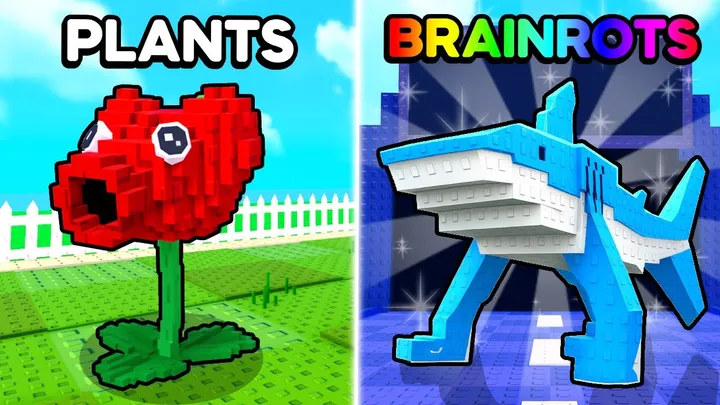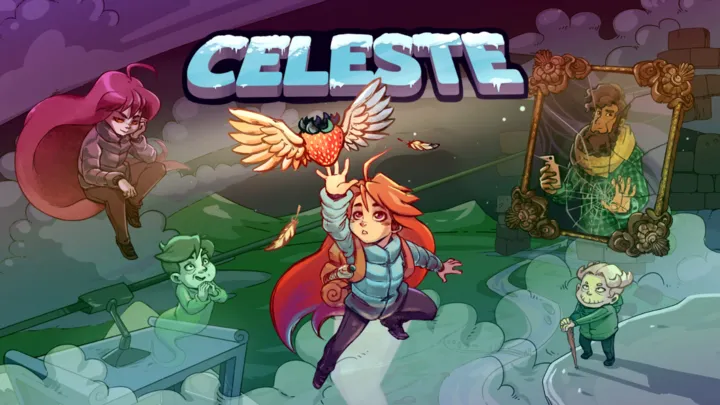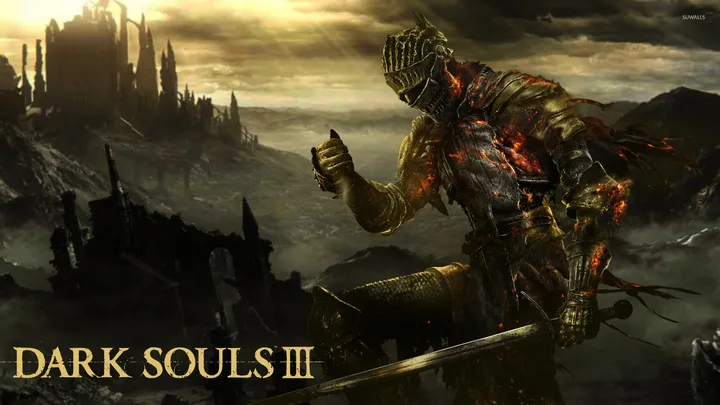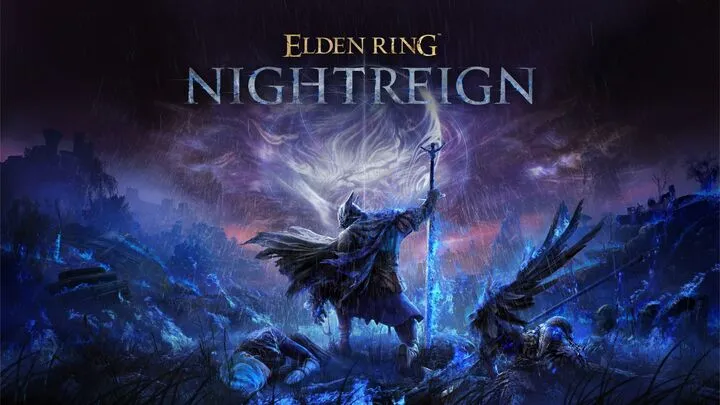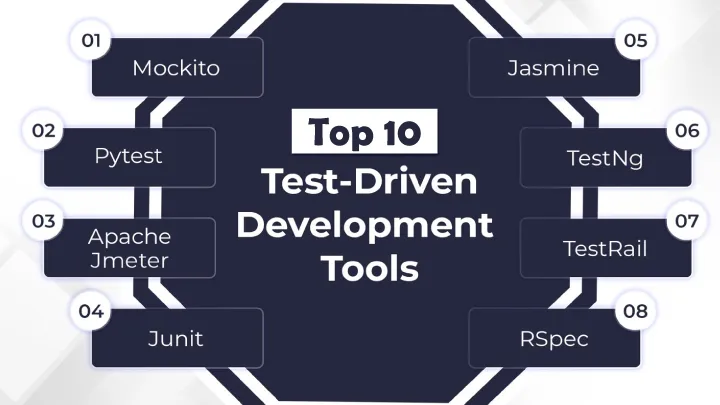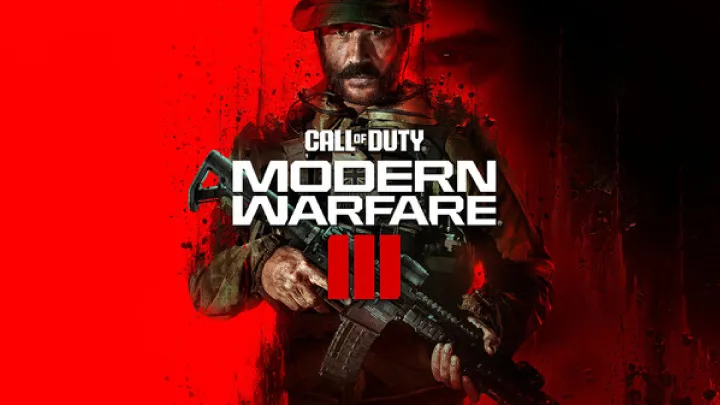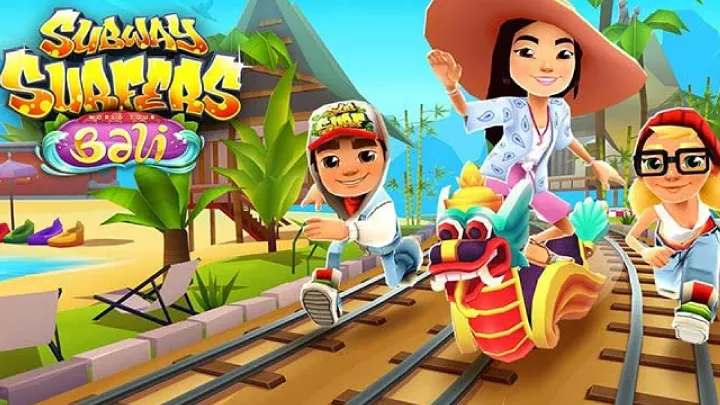Introduction
Escape from Tarkov is not a game for the faint of heart. More than just a hardcore shooter, it is an unforgiving survival simulation where bullets are expensive, gear is fragile, and death comes with lasting consequences. While Tarkov offers many challenges—realistic ballistics, ruthless AI, and complex health mechanics—one issue defines the player experience: the fragile balance between gear acquisition, loss, and survival. At its core, Tarkov is a game about risk and reward, where every decision about equipment can lead to triumph or total ruin. This article will examine this issue in depth, exploring how the game’s economy of survival evolves over time and how it impacts players emotionally, strategically, and psychologically.
The First Hours – Entering Tarkov’s Harsh Economy
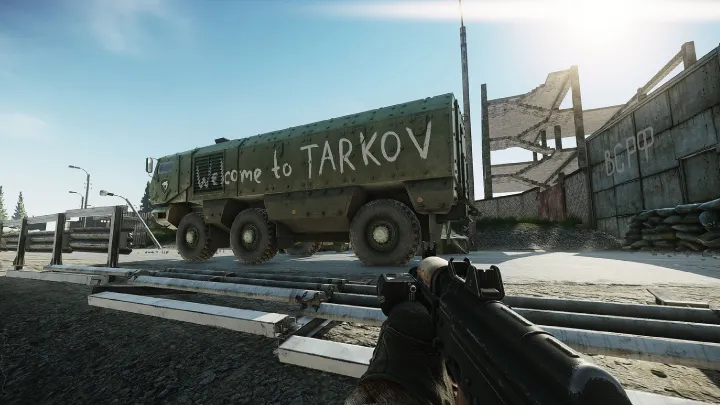
In the opening stages, new players are introduced to Tarkov’s punishing loot system. Starting gear is limited and often feels inadequate.
At this point, survival means scavenging low-tier weapons, consumables, and armor from AI Scavs or unsecured stashes. For beginners, every bullet counts. Many realize quickly that Tarkov is less about winning firefights and more about surviving them.
Early Raids and the Fear of Losing Everything
Once players commit to their first real raids, the fear of gear loss sets in. Unlike most shooters, dying in Tarkov doesn’t just mean restarting a round—it means losing the equipment you carried.
This mechanic changes how players approach the game. Instead of rushing into fights, they creep through hallways, listen for footsteps, and weigh the value of every risk. Fear of loss shapes behavior more than the thrill of victory.
Insurance and the Illusion of Safety
Battlestate Games introduced insurance mechanics to soften the blow of gear loss. If players insure weapons or armor and they are not looted by others, they may be returned after a raid.
However, this safety net is unreliable. High-value gear is almost always taken by enemies, leaving insurance useful only for mid-tier items. The system highlights Tarkov’s ruthless economy—nothing is guaranteed.
Mid-Game Progression and Gear Addiction
As players progress, they begin to chase better weapons, armor, and rare attachments. The mid-game is defined by the hunger for stronger loadouts.
Here, gear addiction emerges. Players grind quests, trade with vendors, or run high-risk raids for loot. Yet, the more powerful the gear, the heavier the pressure not to lose it. A paradox forms: the equipment meant to empower players instead chains them with fear.
Scav Runs – A Free Lifeline or a Trap
Scav runs allow players to enter raids with AI-controlled loadouts, risking nothing of their own stash. This mechanic provides relief for those struggling with constant loss.
But scav runs have their own tension. The gear is often poor quality, and the opportunities for high-value loot are inconsistent. Scavving becomes a gamble—a lifeline, but never a guarantee.
High-Tier Gear and the Cycle of Risk
By late game, experienced players wield advanced armor, modded rifles, and expensive medical supplies. These items give enormous power but amplify the risk of losing everything.
Hunting high-value loot zones like Labs or Reserve can result in riches or total devastation. At this stage, Tarkov becomes less about survival and more about gambling with high-stakes investments.
Player Economy and Flea Market Pressure
The player-driven Flea Market shapes Tarkov’s economy. Prices fluctuate wildly, influenced by supply, demand, and developer balance patches.
This creates stress for players. An attachment might cost a fraction one day and skyrocket the next. Progression depends not only on skill but also on navigating a volatile market. In many ways, Tarkov is as much an economic simulator as it is a shooter.
Psychological Strain – The Weight of Loss
Tarkov’s gear system doesn’t just challenge skill—it challenges the mind. The constant cycle of gearing up, risking everything, and losing it again can create emotional exhaustion.
Players often experience decision paralysis: Should they bring their best rifle, or leave it safe in the stash? Many end up “gear-fearing,” hoarding powerful equipment and entering raids under-equipped. Ironically, this fear often leads to poorer survival chances.
Learning to Embrace Loss
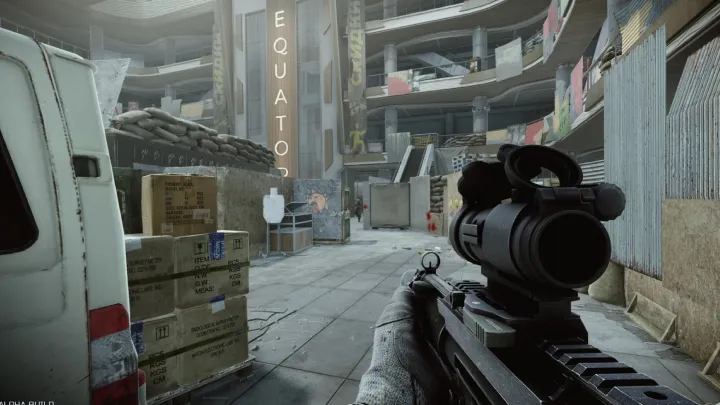
Veteran players eventually learn the true Tarkov lesson: gear is temporary. Survival depends more on game knowledge, positioning, and patience than raw firepower.
This mindset shift is crucial. Once players accept that loss is inevitable, the game transforms. Every raid becomes less about preservation and more about adaptation, creating a deeper appreciation for Tarkov’s brutal philosophy.
Endgame Reflection – The Economy as Tarkov’s Core Identity
By the end of a wipe cycle, players reflect on their stash: piles of weapons, armor, and consumables that will reset when the next update arrives.
The economy of gear acquisition and loss is not a side feature of Tarkov—it is the very heart of its design. Without the threat of losing everything, Tarkov would lose its tension, identity, and emotional weight. It is this economy of survival that makes Tarkov one of the most punishing, but also most rewarding, games ever created.
Conclusion
Escape from Tarkov’s gear economy is not just a system—it is the soul of the game. Every decision, from entering a raid to selling an attachment, is shaped by the risk of loss. While many games reward players with permanent progression, Tarkov thrives on impermanence. Its brutal design forces players to confront fear, greed, and resilience in ways few games dare. Those who survive Tarkov’s economy emerge not just as skilled shooters, but as players who understand the deeper psychology of risk and reward.
